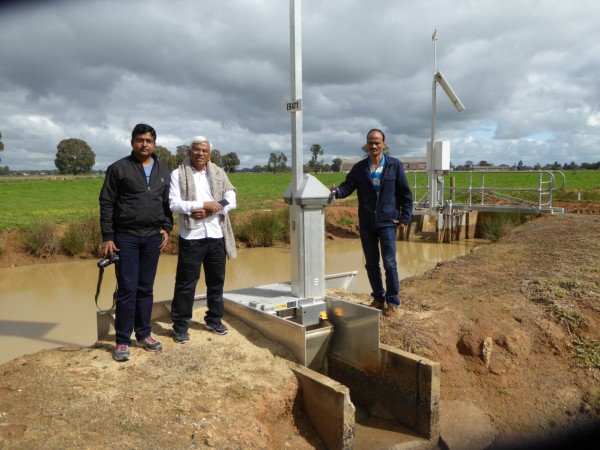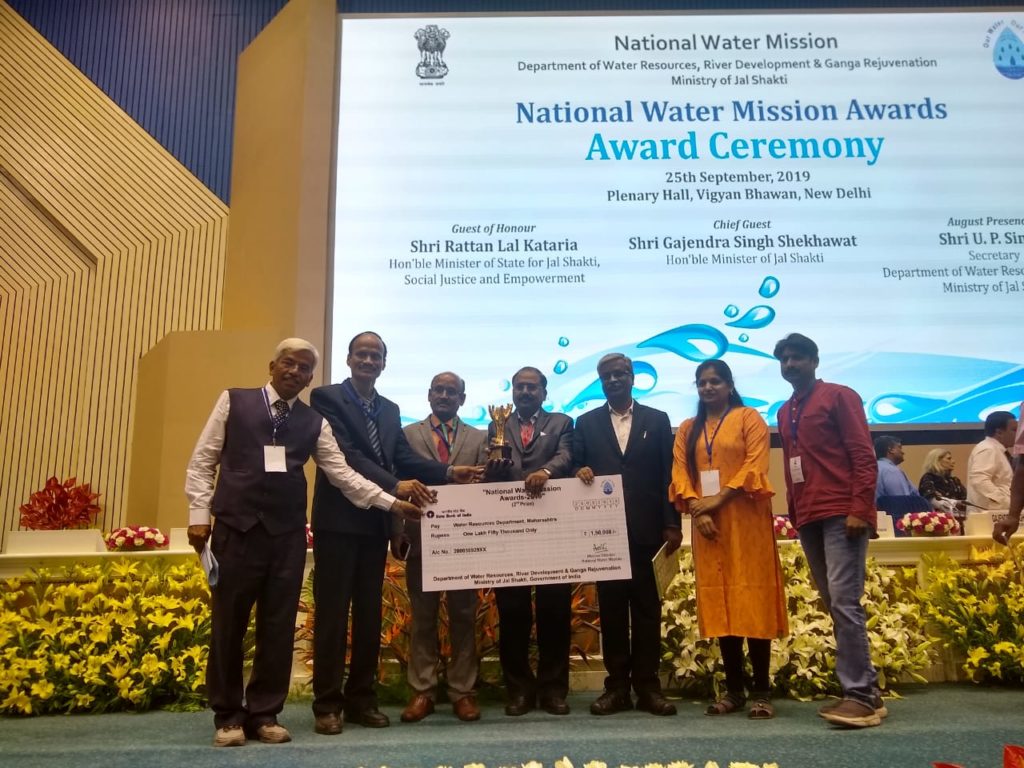River Basin Models and Water Sharing Policy in the upper Godavari Sub-Basin, Maharashtra, India
Resolving tension between farmers upstream and downstream over water allocations in the upper Godavari River in Maharashtra was the focus of a four year engagement in the west Indian State by eWater.
The Maharashtra and New South Wales governments signed a Memorandum of Understanding for cooperation across a wide range of issues. Under the provisions of this MOU, the Government of Maharashtra in partnership with the NSW Department of Industry, Lands and Water (then) engaged eWater to provide training, technology transfer, and ongoing support in the use of Australian river modelling technology to Maharashtra.
eWater assisted the Maharashtra Department of Water Resources to develop a modelling framework to test water management options and to support the development of an integrated water resources management (IWRM) plan for the Upper Godavari sub-basin.
Basin overview
The Godavari River basin is India’s second largest river basin, it covers 50% of the land area of Maharashtra state. It is a complex system, with 20 dams. Water use includes irrigated crops, industry and domestic use in urban and rural areas, including drinking water. Water availability and equitable distribution of water within the sub-basin are major public concerns that have resulted in legal challenges.
Within the sub-basin there is significant spatial and inter-annual variability in monsoon rainfall. Typically, runoff is generated in the high-rainfall, high-elevation areas of the sub-basin with little runoff generation in the area near the large Paithan irrigation dam at the outlet of the Upper Godavari.

Project outcomes
The project had two primary outputs, a calibrated Source model for the Upper Godavari Sub-Basin and building the capacity of the Maharashtra Department of Water Resources.
eWater, in collaboration with modellers from the Maharashtra Department of Water Resources set-up and calibrated a Source model for the Upper Godavari sub-basin. The model was used to evaluate water management options to improve equitable access to water across the sub-basin. Model outputs were used to inform the integrated water resource management plan
eWater and the NSW Department of Industry, Lands and Water used outputs from the river basin models to establish and focus communication and discussion with the Maharashtra Water Resources Department about improved water management policies and governance processes to implement the objectives of the Maharashtra State Water Policy. With a key focus being improving targeted communications to farmers in the basin.
eWater delivered a comprehensive training program in the use of Source, with customised training based on the Upper Godavari model. Training was held in India and Australia, both involved a combination of hands-on desktop learning and field visits to better understand the linkages between models and on-ground water management.
More broadly, the project brought together water managers, academics and researchers in the Upper Godavari sub-basin to establish a community of practice that allows lessons and experiences to be shared across other sub-basins in Maharashtra.

Award winning project
The success of the project was recognized at India Water Week 2019, when the national Minister for Jal Shakti (Water Resources) presented an award to the Maharashtra Water Resources Department (WRD) for using eWater Source modelling framework to achieve equitable distribution of water in the Upper Godavari Sub-basin.
